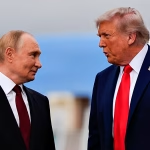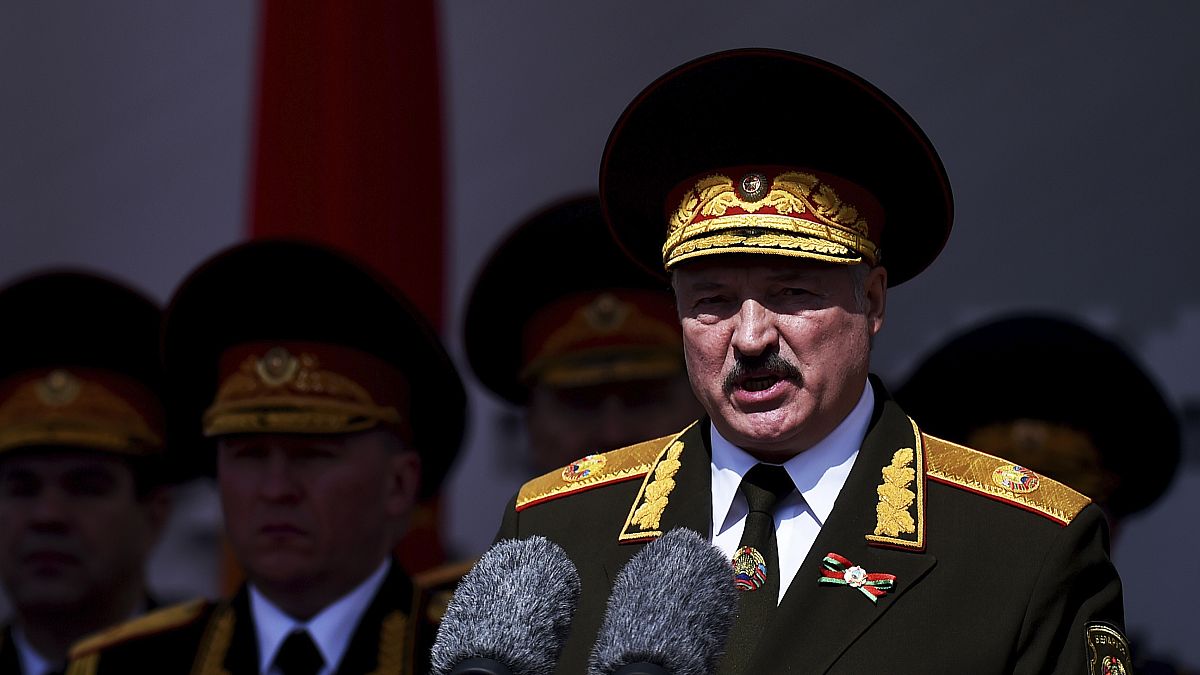Alexander Lukashenko, the long-standing leader of Belarus, has maintained a grip on power for three decades through a combination of silencing dissent, reverting to Soviet-style controls, and aligning closely with Russia. Despite being labeled “Europe’s last dictator,” Lukashenko has managed to stay in power even as European leaders have come and gone over the years. His latest reelection in 2020, widely viewed as rigged, sparked mass protests that were violently suppressed, leading to widespread allegations of human rights abuses. Despite facing Western sanctions and isolation, Lukashenko remains defiant and has announced his intention to run for a seventh term in office.
Lukashenko’s close relationship with Russia has played a crucial role in his political longevity. In 2022, he allowed Moscow to use Belarusian territory to invade Ukraine and agreed to host Russian tactical nuclear weapons. This move has raised concerns not only for Belarusian citizens but also for neighboring Western countries. Independent political analysts see Lukashenko as a shrewd politician who knows how to toe the line between the Kremlin’s demands and the fears of his own people. By aligning with Russia, Lukashenko has managed to secure political and economic support that has helped him stay in power for so long.
Before coming to power, Lukashenko positioned himself as an anti-corruption crusader, promising to fight corruption and improve living standards in Belarus. However, once in office, he quickly embraced Soviet-era symbols and ideologies, strengthening ties with Russia and advocating for a union state with its neighbor. Under Lukashenko’s rule, Belarus has retained capital punishment, making it the only country in Europe to do so. The regime has also been accused of carrying out extrajudicial killings and stifling dissent, further solidifying Lukashenko’s reputation as an authoritarian leader.
Despite facing criticism and accusations of human rights abuses, Lukashenko has maintained a tough-guy image, often seen playing sports and showcasing his physical fitness. His youngest son, Nikolai, has been seen accompanying him at official events, leading to speculation that he may be groomed as a successor. While rumors of health issues have surfaced in recent years, Lukashenko has denied them, declaring his intention to remain in power for the foreseeable future. The controversial leader’s ability to weather political storms and maintain control over Belarus hints at the complex dynamics of power and influence in the region.
In conclusion, Alexander Lukashenko’s iron-fisted rule in Belarus has spanned three decades, marked by repressive tactics, close ties with Russia, and defiance against Western criticism. Despite facing widespread condemnation and allegations of human rights abuses, Lukashenko has managed to stay in power through a combination of political maneuvering, economic support from Russia, and cracking down on dissent. The future of Belarus under Lukashenko’s leadership remains uncertain, with continued protests, international pressure, and internal discontent challenging his grip on power. As he looks ahead to another term in office, Lukashenko’s ability to navigate complex geopolitical relationships while maintaining control over his country will be tested, providing a glimpse into the enduring legacy of Europe’s last dictator.









